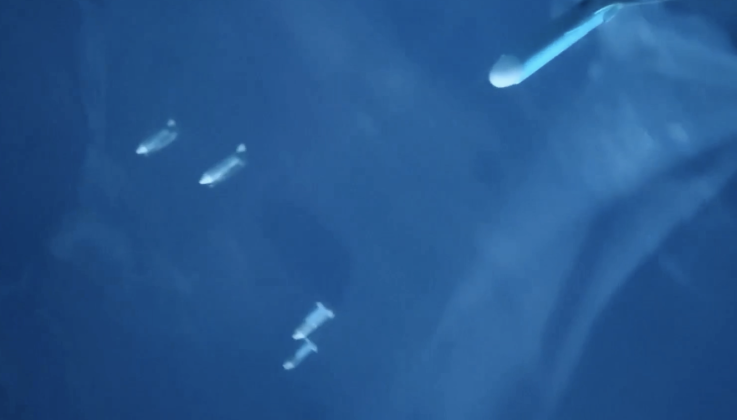News
Russian Air Force Receives New Batch of Su-34 Strike Fighters: Glide Bomb Production Increases

The Russian Air Force has received a new batch of Su-34 strike fighters, following reports in October that the Defence Ministry had given directives to expand production. Little is known about the size of the latest batch, although units delivered since July 2022 have been produced to the enhanced Su-34M standard, which according to Russian sources has double the combat capacity of the baseline Su-34. Notable new features include a dedicated interface for three different types of sensors, namely the UKR-RT pod carrying electronic search measures, the UKR-OE camera pod and the UKR-RL which integrates a synthetic aperture radar. Lightly modified specialised variants including an electronic attack jet equipped with the L700 Tarantul ECM pod, and an intelligence, surveillance, and reconnaissance variant may have also been included in the latest batch, and are being produced in parallel to standard Su-34M models. The Su-34 has been by ordered in much greater numbers by the Russian Defence Ministry than any other post Cold War fighter class, with the fleet currently estimated to number over 120 aircraft despite combat losses in the Ukrainian theatre. It is expected to reach close to 200, and remain in production into the 2030s in parallel to the new Su-57 fighter.
In the first week of October 2023 Russian Defence Minister Sergei Shoigu visited the Chkalov Aircraft Factory in Novosibirsk, Siberia and gave orders to expand production of the Su-34. The minister stressed at the time: “This warplane is the main workhorse, they have four, five sorties every day, so we need to step up, hurry up. We have enterprises that are ahead of schedule for the 2024 program this year. So we need to organise work here as well.” The aircraft has proven particularly effective when deploying precision guided glide bombs in Ukraine, including in a close air support role. The delivery of a new batch of Su-34s closely coincides with a report that Russian defence conglomerate Rostec and the state owned Tactical Missiles Corporation are increasing output of such glide bombs, which allow fighters to engage targets at ranges of approximately 70 kilometres. These can deliver much larger payloads than air launched missiles and at a very small fraction of the cost, and can carry not only conventional payloads but also thermobaric rounds optimised for neutralising ground forces in fortified positions. A more capable new class of glide bomb, the PBK-500U Drel, is set to enter production before the end of the year and could provide a potent complement to the Su-34M.












